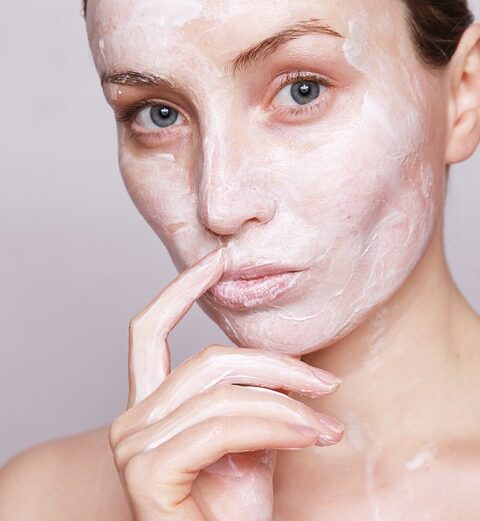Table of Contents
The Art of Demystification
The world of skincare is filled with misinformation and oversimplifications. With new skincare products and regimens popping up left and right, it can be easy to get bogged down in misinformation. In this article, we’re here to separate fact from fiction, diving into some of the most common myths in the skincare community and setting the record straight.
Myth-Busting 1: Exfoliating Too Often is a Big No-No
In the early 2010s, the skincare industry was abuzz with the idea that over-exfoliating could lead to thinning of the skin, increased signs of aging, and even trigger conditions like atopic dermatitis. In reality, a gentle approach to exfoliating can actually lead to incredible benefits for your skin. The key is understanding your skin type and starting slowly, introducing exfoliation as needed, and patch-testing new products thoroughly. As skin becomes accustomed to the increased abrasion, frequency and intensity of exfoliation can be gradually increased – but do not dismiss its importance altogether. In moderation, the benefits to skin renewal and maintenance far outweigh any perceived risks.
Myth-Busting 2: Acidic Ingredients = Better, More ‘Organic’ Skincare
An increasing trend among skincare aficionados has seen a preoccupation with adding acidic ingredients (like citric acid, salicylic acid, or glycolic acid) to skincare regimens as a shortcut to obtaining healthy, “organic” skin. What’s rarely considered, however, are the potential adverse effects these compounds may have on skin already sensitive to or challenged by existing conditions, or as individual tolerance builds up against an ingredient in question. Take acid-based formulations with caution – monitor your response, avoid those that irk or break the skin, and integrate them at calculated, risk-assessed quantities. It may be advisable for some consumers to opt for products carrying gentler, non-penetrative ingredients when facing concerns unrelated to pH-baseline adjustments – the skin should feel nourished and comfortable in whichever path the user decides, devoid of any burning sensations.
Myth-Busting 3: Dry Skin Should Opt for More Moisture – Period.
If you possess dry or dehydration-prone skin, the prevailing opinion insists that you absolutely must employ abundant moisturizer concentrations to combat said problems. In point of fact, certain factors such as aging, hormonal imbalance or natural dry spots can bring these issues while the skin doesn’t necessarily exhibit an inherent capacity of responding to sheer dosage of moisturizing matter. A careful balance exists to strike to achieve relief rather than only relying upon blanket statements on hydration content to alleviate distress. It could aid to begin with moisturized, gentle lotions specifically directed at areas of distress if needed then gradually extend over the areas when the skin grows resilient to these added treatments in proportion to other areas to counterbalance that dry area before moving. With patience, moderation is the key element in successfully remedying most dry spots under the guidance provided.




